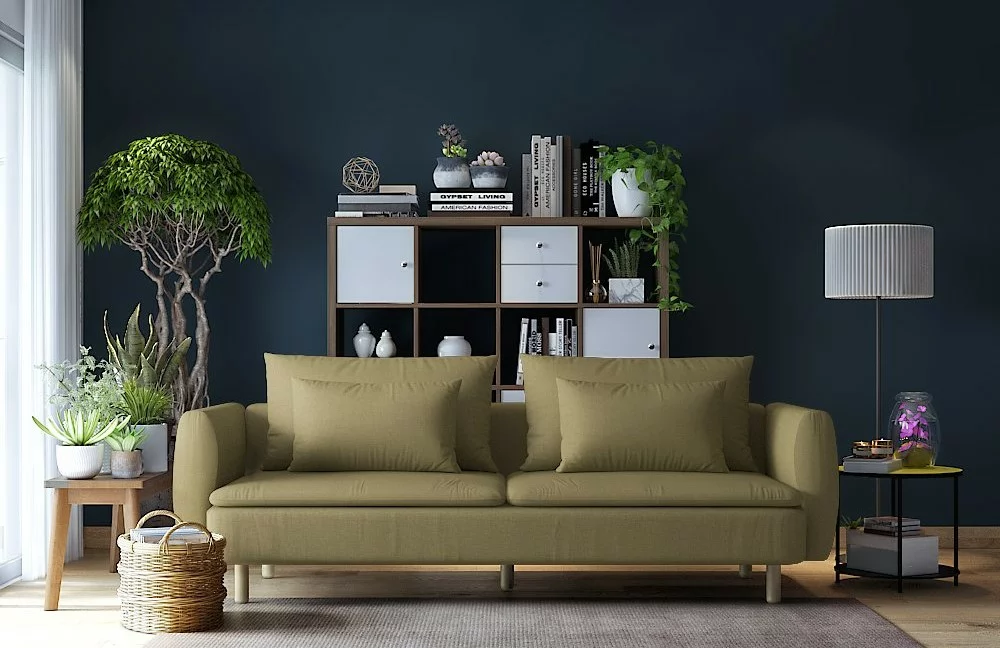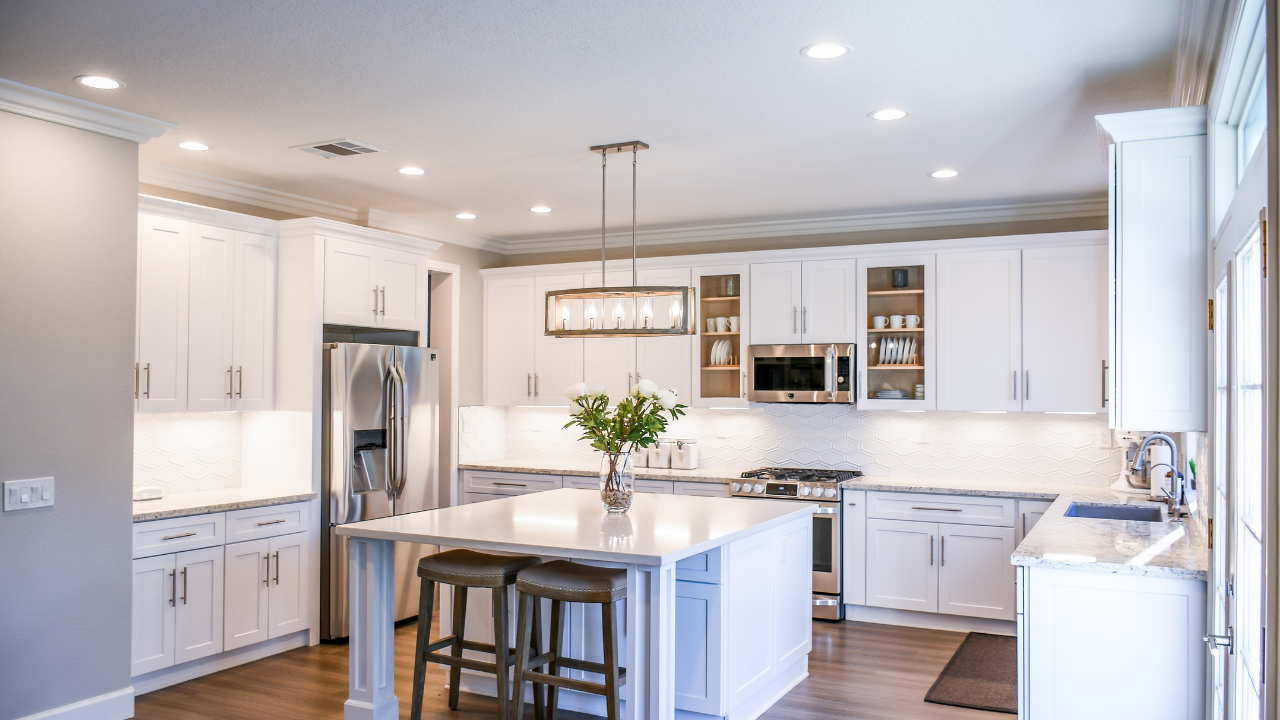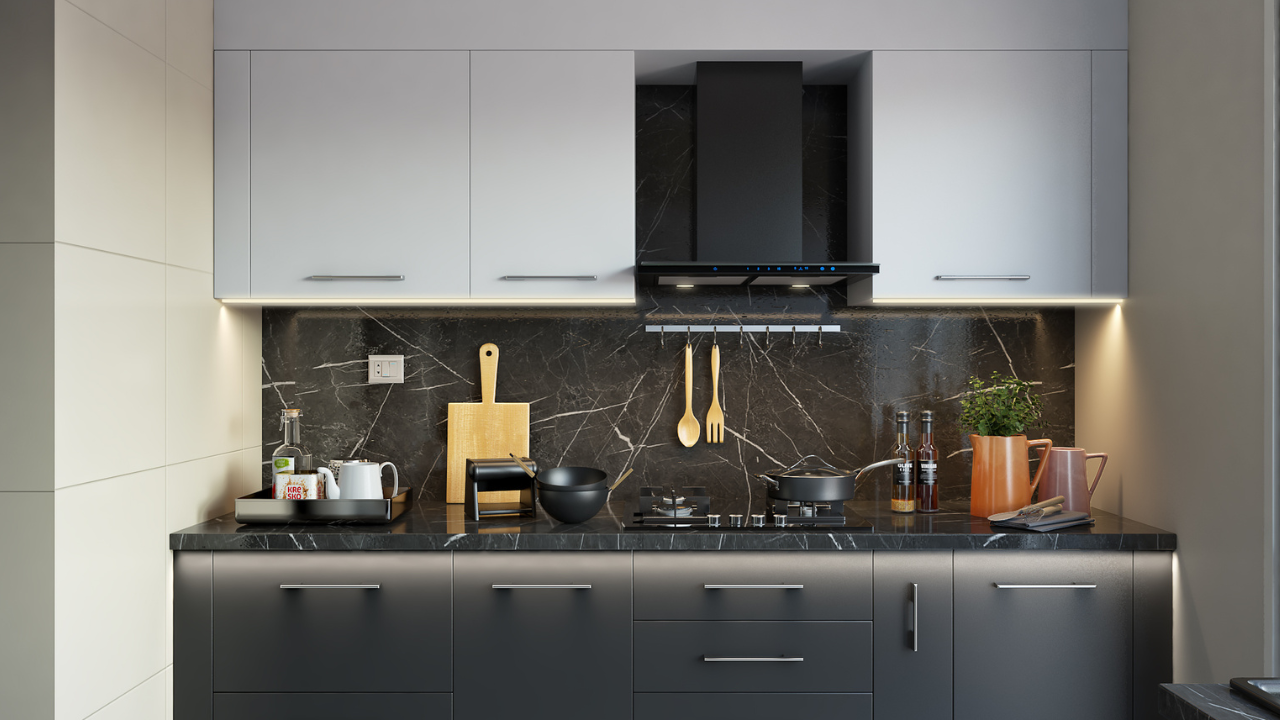The 5-Step Guide to Choosing the Perfect Sofa

Choosing the perfect sofa can feel like solving a complex puzzle. It’s a familiar scene for many; you are ready to bring a new sofa into your home, but as soon as you start looking, the sheer variety of styles, sizes, and materials makes your head spin. This isn’t just another piece of furniture; it’s where you’ll unwind after a busy day, gather with friends for a chat, or curl up for a family movie night.
With a multitude of choices, how do you ensure you pick the right one? In this easy-to-follow 5-step guide, we will explore the key considerations to help you choose a sofa that complements your living space and provides the comfort & functionality you need.
5 Steps to Choose the Perfect Sofa
-
Measure Your Space
Size and Layout of a Room: The dimensions and arrangement of your room are crucial in choosing an appropriate sofa. A bulky sofa can overcrowd a small room, making it feel congested, whereas a small sofa in a spacious room might seem out of place.
Imagine where the sofa will be situated in your existing layout. Is it going to be placed against a wall or positioned centrally? Do you need to leave space for a coffee table or other pieces of furniture? These considerations will help you choose a sofa that’s the perfect size & style for your room.
Ensure Easy Movement: It is essential to leave enough area around the sofa for easy movement. There should be enough space to walk around, without feeling squeezed. This is particularly important in high-traffic areas or living spaces that are pathways to other rooms of the house.
Avoid Overpowering the Room: The sofa should complement the room, not dominate it. Consider the scale of other furniture items and features in the room. A bulky sofa might overshadow smaller, delicate furniture pieces and disrupt the balance of the space.
Measure Doorways and Hallways: This step is often overlooked but is crucial. Measure the height & width of all doorways, hallways, and any other passages the sofa must go through, upon delivery. These measurements are vital to avoid the common problem of purchasing a sofa that can’t be physically brought into the room. Remember, some sofas come in large, rigid frames that might not bend or angle easily through narrow or winding paths.
-
Determine Your Style
Understand Different Sofa Styles: Get familiar with various sofa styles. Modern sofas often feature clean lines, minimalistic designs, and neutral colours. They fit well in contemporary spaces. On the other hand, traditional sofas may have more ornate details, curved lines, and plush fabrics – lending a classic & warm feel. Transitional styles also blend modern & traditional elements, offering versatility.
Match the Room’s Aesthetic: What is the current style of your room – modern, traditional, rustic, or eclectic? Your sofa should complement this style. For instance, a sleek leather sofa might be perfect for a modern, minimalist room, while a sofa with soft, plush cushions and floral patterns would suit a more traditional or country-style room.
Consider the Colour Scheme: The colour of your sofa should harmonise with the existing colour palette of your room. You don’t need to match colours exactly, but the sofa should fit the room’s colour scheme. If your room has neutral colours, a sofa in a similar shade can blend seamlessly. Alternatively, if your room’s palette is subdued, a sofa in a bold colour can add a vibrant accent.
Decide on a Statement Piece or Blend-in: Do you want your sofa to be the focal point or blend into the background? If you’re looking for a statement piece, consider a sofa with a unique design, bright colour, or distinctive fabric. If you prefer a more understated look, choose a colour & style that complements the existing decor.
-
Choose the Right Material
Leather Sofas: Leather is a popular choice for sofas because it is durable and easy to clean. It’s a great option if you have kids or pets, as spills can be wiped off easily. Leather also ages well, often looking better over time. However, it can be more expensive, and may feel cold in winter and sticky in hot weather.
Fabric Sofas: These come in various colours, patterns, & textures – giving you more options to match your décor and personal style. They can be cosy and are often more affordable than leather. However, fabric can be harder to clean and may not withstand heavy wear & tear. Consider durable options like microfibre or canvas if you choose the material, especially if you have kids or pets.
Allergies: Consider the material carefully if anyone in your home has allergies. Leather is often a good choice for those prone to allergy, as it doesn’t harbour dust mites or pet dander as much as fabric.
-
Consider Comfort and Quality
Check Seat Height and Depth: Sofas come in different heights and depths, and these dimensions can impact comfort. A deeper seat might be great for taller individuals or those who like to curl up on the sofa, while a shallower seat is better for people with shorter legs. Similarly, the height of the sofa should allow your feet to rest flat on the floor without putting pressure on your thighs.
Examine the Fabric and Cushions: The fabric should feel comfortable against your skin and be durable enough to withstand regular use. In cushions, look for firmness that you find comfortable. Also, the cushion should retain its shape after you get off the sofa. High-resilient foam cushions are a good option as they are comfortable & durable.
Consider the Springs: Sofas with springs in the cushions are usually more supportive and long-lasting than those without. Test the spring system by sitting on different areas of the sofa – they should feel consistent and firm enough.
Check the Warranty and Return Policy: A good-quality sofa often has a warranty. Make sure you understand what it covers. Also, check the store’s return policy, just in case the sofa doesn’t work out once you get it home.
-
Set a Budget
Understand the Market Range: Sofas are priced based on craftsmanship, material quality, and design innovation. To set a realistic budget, get an idea of the typical price range for the styles & brands you’re interested in.
Factor in Long-Term Value: Sofas are not just purchases but investments in your home’s aesthetics & comfort. World-class sofas are built to last – often featuring handcrafted frames, high-quality fabrics or leathers, and exceptional attention to detail. A well-chosen one can endure for years and maintain its comfort & elegance – making it a cost-effective choice in the long run.
Consider Customisation Costs: If you opt for a bespoke luxury sofa, remember that custom features like designer fabrics, unique dimensions, or special features can add to the cost. Factor these into your budget, if personalised design is essential to you.
Allocate Funds for Maintenance: Sofas often need expert cleaning & maintenance to keep them looking good and lasting long. Set aside some money for these services, to make sure your sofa stays in great condition.
Conclusion
Finding the perfect sofa doesn’t have to be daunting. By following these five simple steps, you can choose a sofa that fits your space, matches your style, is made of an excellent material, feels comfortable, and stays within your budget.
Remember, your sofa is more than just a piece of furniture. It is a central part of your home where you’ll relax, unwind, and create memories with family & friends. Take your time, consider your options, and choose a sofa you’ll love for its looks and for the comfort & warmth it will bring to your home.








